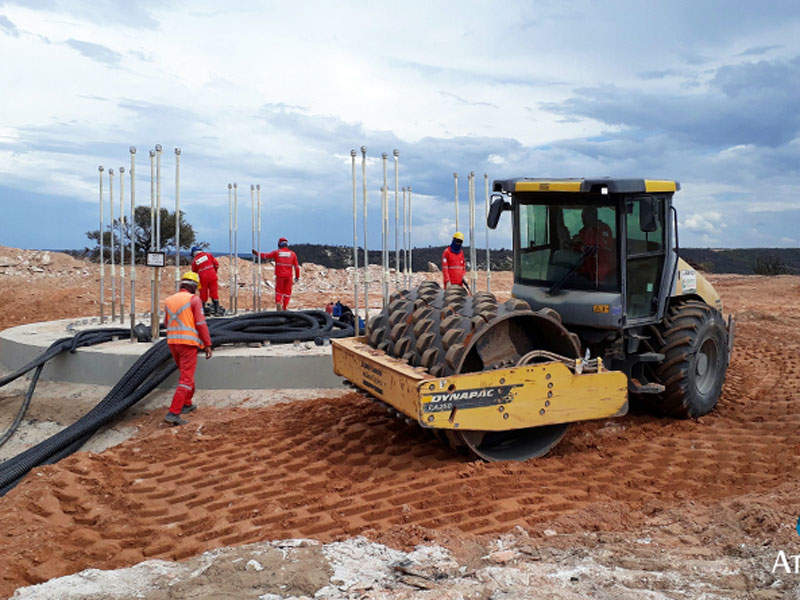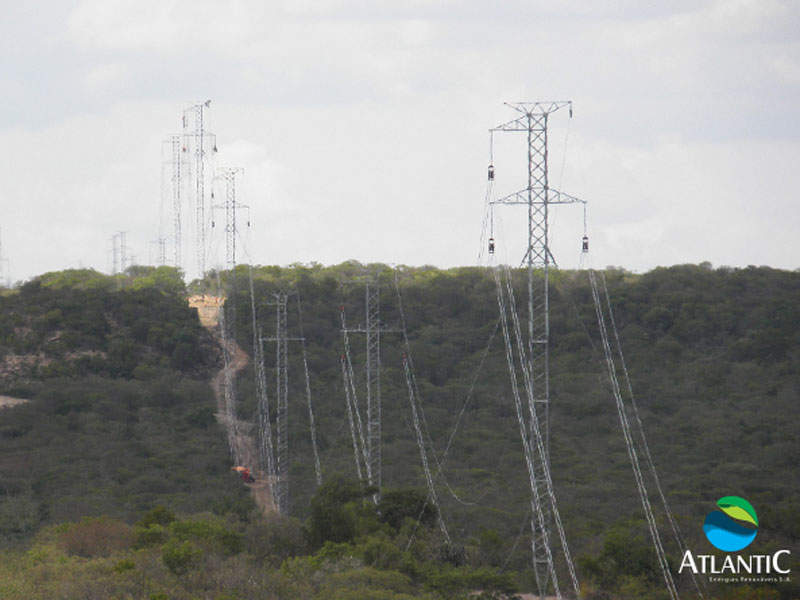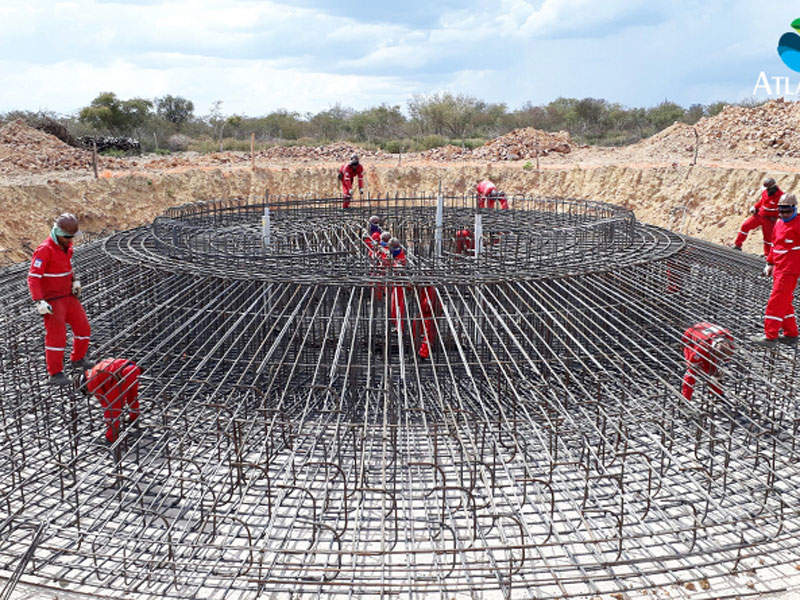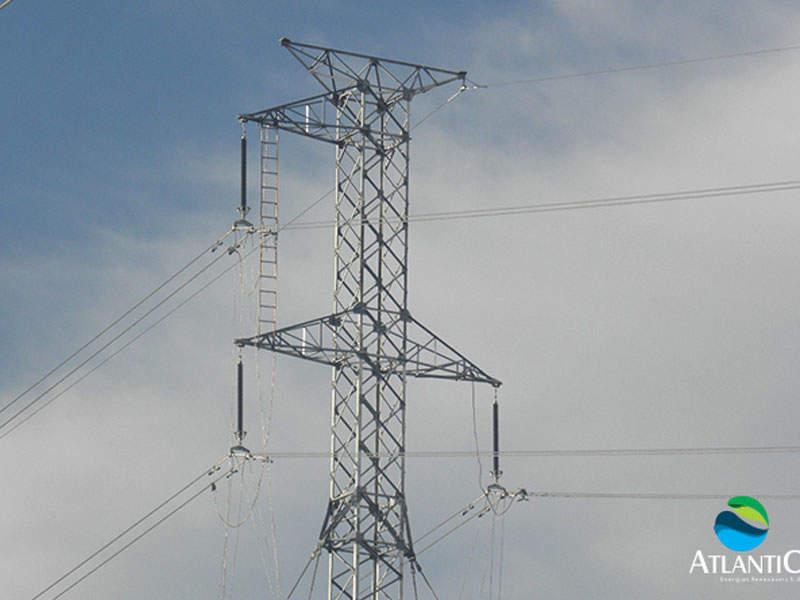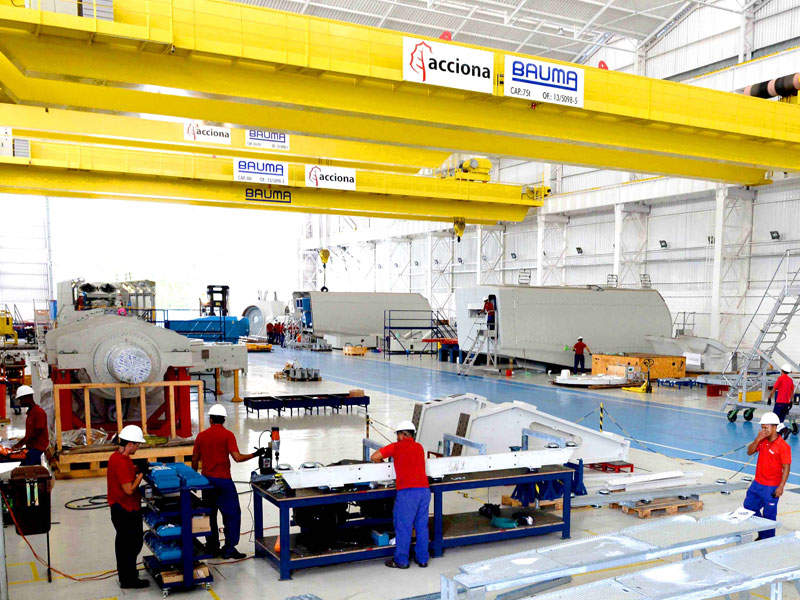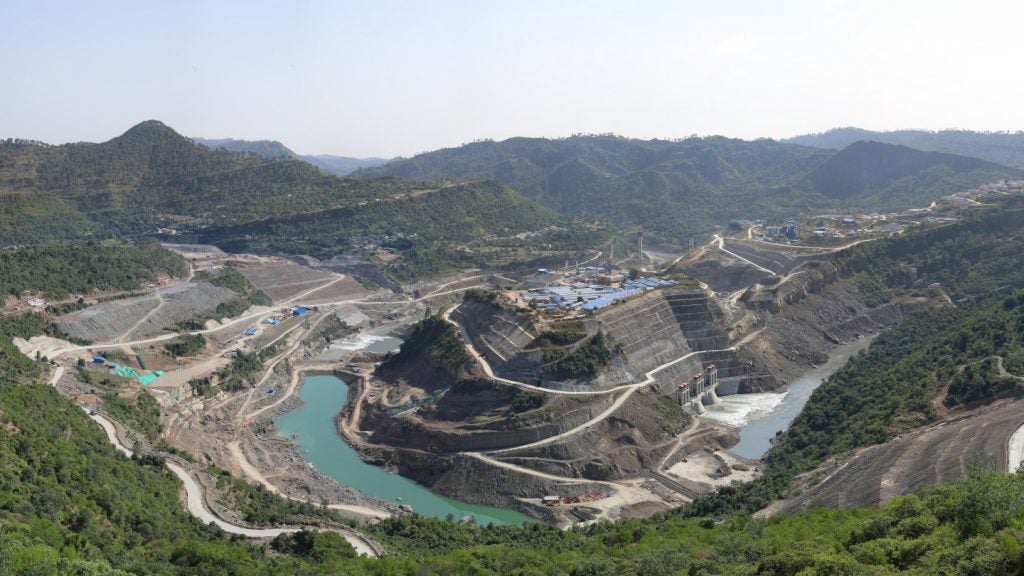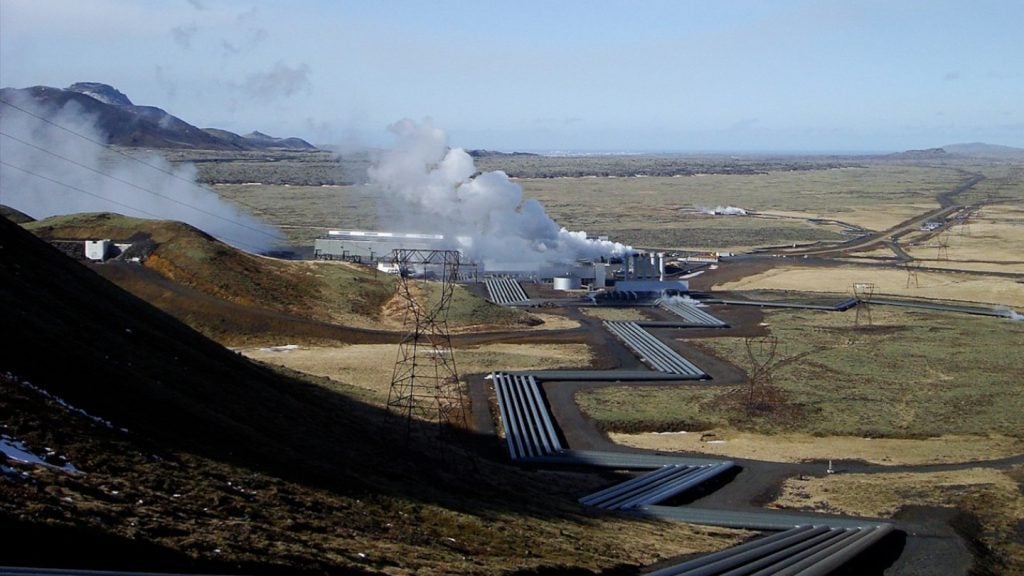The 195MW Lagoa do Barro windfarm is being developed approximately 580km from the city of Teresina in the northeast Brazilian state of Piauí.
A joint venture between Atlantic Energias Renováveis and Actis, a private equity firm based in the UK and a shareholder of Atlantic, is developing the project at an estimated cost of R$1.3bn ($416.78m).
Spread across an area of 2,854ha, the wind complex comprises eight windfarms, namely Lagoa do Barro I to VII, and Queimada Nova. Operations of the windfarm are expected to begin by the end of 2018.
The project is expected to create 500 direct and indirect jobs to locals during the peak construction period.
Lagoa do Barro windfarm make-up
The Lagoa do Barro wind complex will feature a total of 65 AW125/3000 turbines rated at 3MW each. The turbines will have a rotor diameter of 125m and will be mounted on 120m-high concrete towers.
The turbines will have a six-pole, double feeding generator with a frequency range of 50/60Hz and will operate at a speed of 700rpm-1,300rpm at 50Hz, and 840rpm-1,560rpm at 60Hz.
Certified to IEC IIb wind class, the turbines can survive medium wind speeds with lower turbulence intensity. The cut-in and cut-out wind speeds of the turbine are 3.5m/s and 25m/s respectively.
Lagoa do Barro wind complex construction
Atlantic Energias Renováveis signed an agreement with Piaui’s Institute of Lands (Interpi) for the use of land to develop the wind complex in April 2016. The project secured installation licenses in November 2016, following which the construction works commenced in June 2017.
The nacelles and blades of the turbines were manufactured at external sites in December 2017.
Internal roads of 45km length were constructed to link the eight wind parks of the complex. Excavation works for 56 of 65 foundations were completed as of April 2018.
A tower factory was built on an area of 7ha within the wind complex for the production of 1,500 concrete components to support the construction of the wind turbines. It was inaugurated in April 2018.
Grid connection
An 88.1km-long, 230kV transmission line is being constructed from the Lagoa do Barro 1 substation to the Sao Joao do Piaui substation to transmit the power generated at the project. The substations will feed the power to the Brazilian national grid.
Pre-assembly on the transmission line, which will require 203 lattice metal structures, began in November 2017.
Financing for Lagoa do Barro wind project
Inter-American Investment Corporation (IIC), a member of Inter-American Development Bank (IDB), is evaluating a proposal to offer a R$430m ($137.8m) loan for the project.
The loan will be offered through either the IDB Group Partial Guarantee covering the senior loan and infrastructure debentures for a 12-year tenor, or a long-term loan facility on a 15-year door-to-door tenor basis.
Contractors involved
Acciona Windpower, a company owned by Nordex Group, secured a contract to supply the 65 turbines in March 2015. The company will also operate and maintain the turbines for 15 years, under the contract.
Benefits of the Lagoa do Barro windfarm
The Lagoa do Barro wind project is expected to reduce the country’s dependency on fossil fuels. It will support the Government of Brazil’s national strategy to diversify its energy matrix by generating 10GW of electricity from renewable sources by 2018.
It is also expected to reduce carbon emissions and generate revenue for state and local governments.

